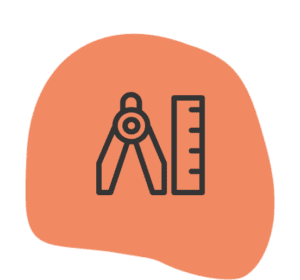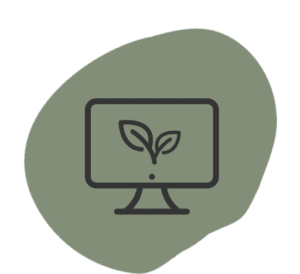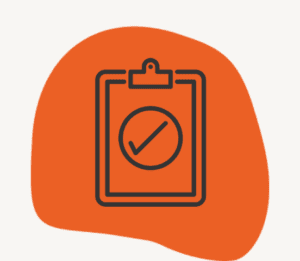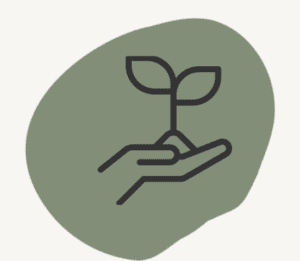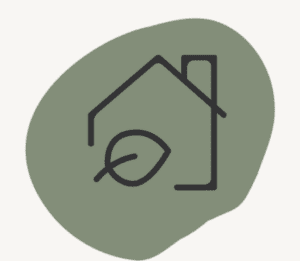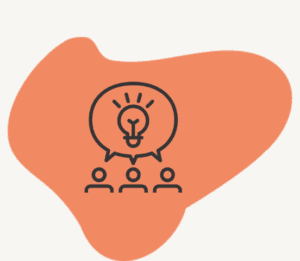Jade Woodall, Account Director & Sustainability Lead at Pure Communications Group, recently joined a TRACE Lunch & Learn session, to share tips for using TRACE and approaching carbon event measurement.
We asked Jade a few questions about her experience with measuring events so far and how Pure Communications are approaching their sustainability journey.
What are your top tips for someone who has just started their measurement journey?
- Don’t get overwhelmed and just do your best – you won’t always be able to collect all the information for every event on every report, so collect as much as you can and if you need to make some best guesses or estimates, then that’s better than nothing.
- Create some dummy events in TRACE and just have a play around with the features and how each tab works, follow the tips for filling in the pages.
- Start the report as early as you can in the event pre-production process, there will be milestones along the way that you can input – site visits (travel, meals etc), production materials, pre-booked travel for example. This makes it much easier at the end of the event to just tie up loose ends.
- Let suppliers know with as much notice as possible that you will be completing a TRACE report and would like their input, this gives them time to collate the information you will need from them – and doesn’t mean they are surprised at the end with information you need from them.
Is there anything that you would recommend against doing?
As above, don’t leave the report to the last minute, start filling it in as things confirm along the way, as the reduction tips can also help you make decisions or changes to help reduce emissions.
How do you engage your suppliers
- As above, give them notice – if you can let them know when contracting them and even build it into your wider MSA with them then it can form part of the agreement.
- It’s important to work with suppliers who align with your goals – if they also have sustainability credentials and a policy in place, they should be more than willing to contribute information.
- Let them know the expectations – it really isn’t that much information they need to share and it should take them minutes to complete if they are the ones involved in the project from the outset.
What is your approach when you don’t receive positive responses?
- All of our suppliers have to complete a “new supplier form” which asks lots of comprehensive sustainability questions, so for them to be working with us in the first place they have already had to go through this hurdle and should be aware it’s something that is important to us.
- If they are a trusted supplier that we work with regularly then they should be used to it and know that it’s a requirement.
- If we do receive push back, I ask for a call to discuss the bigger picture and explain why it’s important to us, and how their contribution helps and how it can help us refer more business to them in the future. I would also do my research on what they are saying about themselves in the industry with regards to sustainability as if they are shouting about all the work they are doing but then refusing to/not responding to filling in a TRACE report, this is counterintuitive and they might need a gentle reminder about greenwashing!
How is your team set up to collect the data and measure?
- We have our sustainability team which is myself and three ambassadors.
- The TRACE reports are the responsibility of the project lead (or they may delegate) so there is ways one POC for the suppliers and for completing the report. They may ask other employees to login (as we all have access to the login details) to input details directly relating to their travel or similar.
- I as sustainability lead then support with any supplier comms if they aren’t replying, or queries on certain aspects of how to complete the report.
How have you empowered your team to take ownership?
- I ran a training session on how to use TRACE and then encouraged them to just login and create some dummy events to practice and give it a go. I have told them it doesn’t matter if the data isn’t 100% accurate as we are in our first year and I’d rather have something than nothing. I do check through the reports when they are finished and review any changes/errors I think need correcting, but ultimately we are in our first year and it’s ok if we’ve had to use a best guess or an estimate where we don’t have all the data. As time goes on, we will refine this and ensure our data is more and more accurate.
- The team know I trust them and am happy for them to check-in with me and ask questions if they need help, and the ambassadors are on hand to support as well.
- Everyone has now had a go at producing a TRACE report so in general we have broad knowledge of how the system works between the team and can support each other.
What do you do with the results of measurement?
- We create a post-event carbon report in powerpoint in our branding, using the graphs and figures from the TRACE dashboard. We break it down into each section and include the data from the event, and the tips (from TRACE) for reducing emissions for the next iteration of the event.
- We also include a section on positive impact and any “good news stories” from the event such as item re-use or repurposing.
- At the end of the report we offer carbon offsetting via Earthly – this is optional for clients to uptake.
How does measurement feed into wider goals?
- We are all on a journey to net zero and we can’t achieve that as an industry if we don’t have the data. We as a business have calculated our company operations emissions and set our baseline year as 2023, but event delivery is what we do and makes up a huge portion of our impact so we need to have visibility of this data for the whole picture.
- It helps us to make better decisions on future events based on data we have collected, we can see which materials/foods/venues where better or worse when it comes to emissions and use this knowledge to plan better for other events.
- We can’t offer clients “sustainable solutions” if we have no way of measuring what the impact of an event actually is/was which is why it’s so important.
- It helps with shaping sustainability policies, goals and objectives.
What do you find is the biggest challenge to collecting data?
- It probably is getting the relevant information from the suppliers – but we find the supplier tool a really useful assistance to this and as I said before, engaging with them early does help.
- Also, if we aren’t involved in event registration or delegate management then not being able to collate accurate delegate travel information is a challenge as this forms such a huge part of event emissions data. TRACE does have a tool to help you estimate this if you don’t have the actual data, but of course accurate data would be better if possible!
- Understanding materials and weights that have been used in the production process can be quite complex unless you are a technical/production background so having a supplier who is really engaged in the process for this element is important in ensuring they give you the correct materials, weights and onward life information.
- Getting started! Once you start, it all comes together quite quickly but it can be a bit daunting when you first start, especially if it’s a complex event.
Who is leading the conversation, are clients asking for reports or are you leading the way in providing?
- A bit of both, I would say it’s more us driving it, we now include the TRACE report as standard on all our events and so far we haven’t had any push back or negative feedback from any clients, They are pleasantly surprised by the amount of information they receive and the option to also offset.
- It has definitely helped a few of our clients understand why we push back on certain things like having more plant-based food options on the menus, once they see the TRACE report they get it and are more willing to make changes in future.
- We ensure the report is turned around within a week of the event finishing, so that it gets sent with the final de-brief notes and the clint has the option to take up the carbon offsetting before we send a final invoice.
Find out more about TRACE, isla’s carbon measurement platform on the TRACE website.
Our latest news






